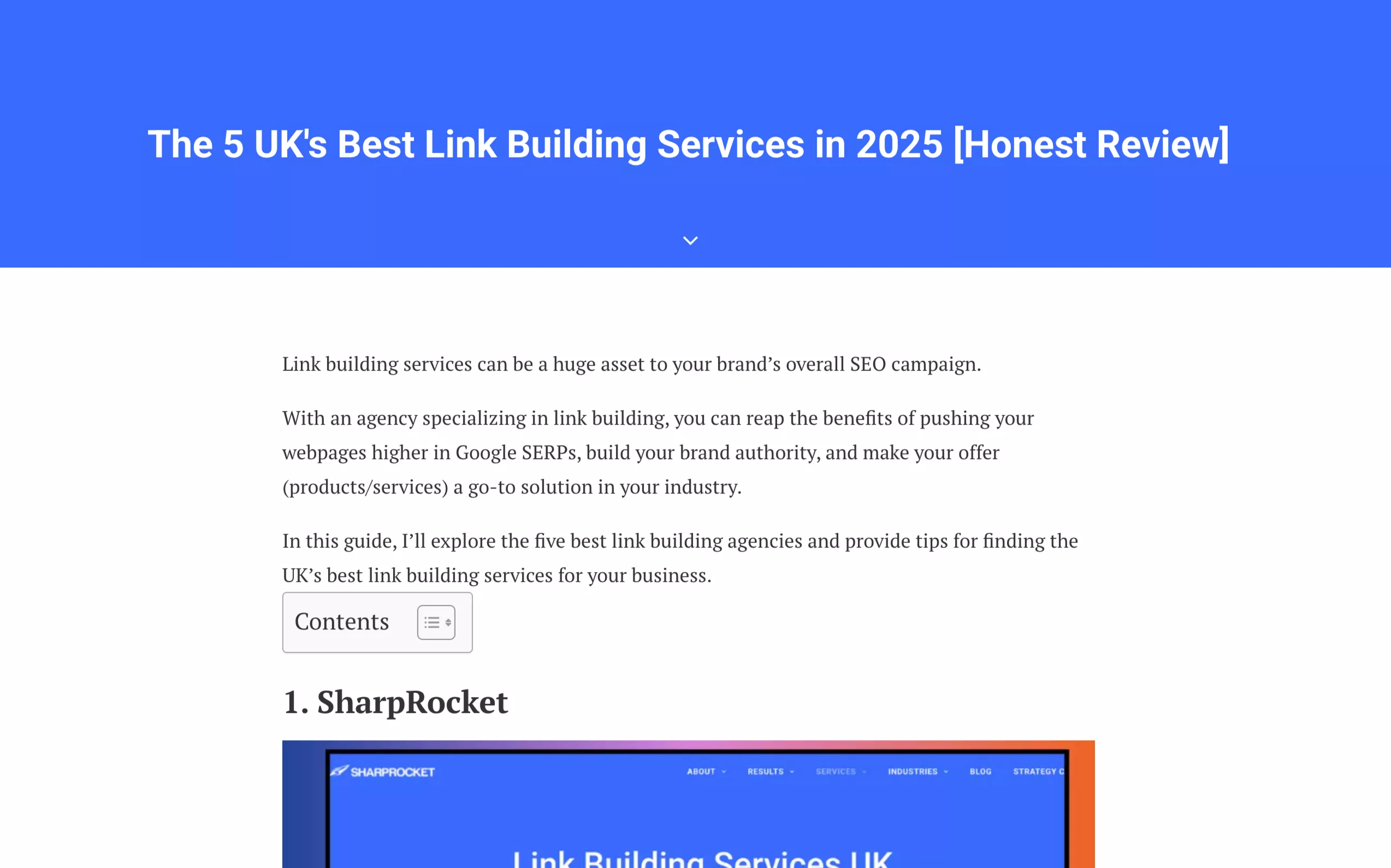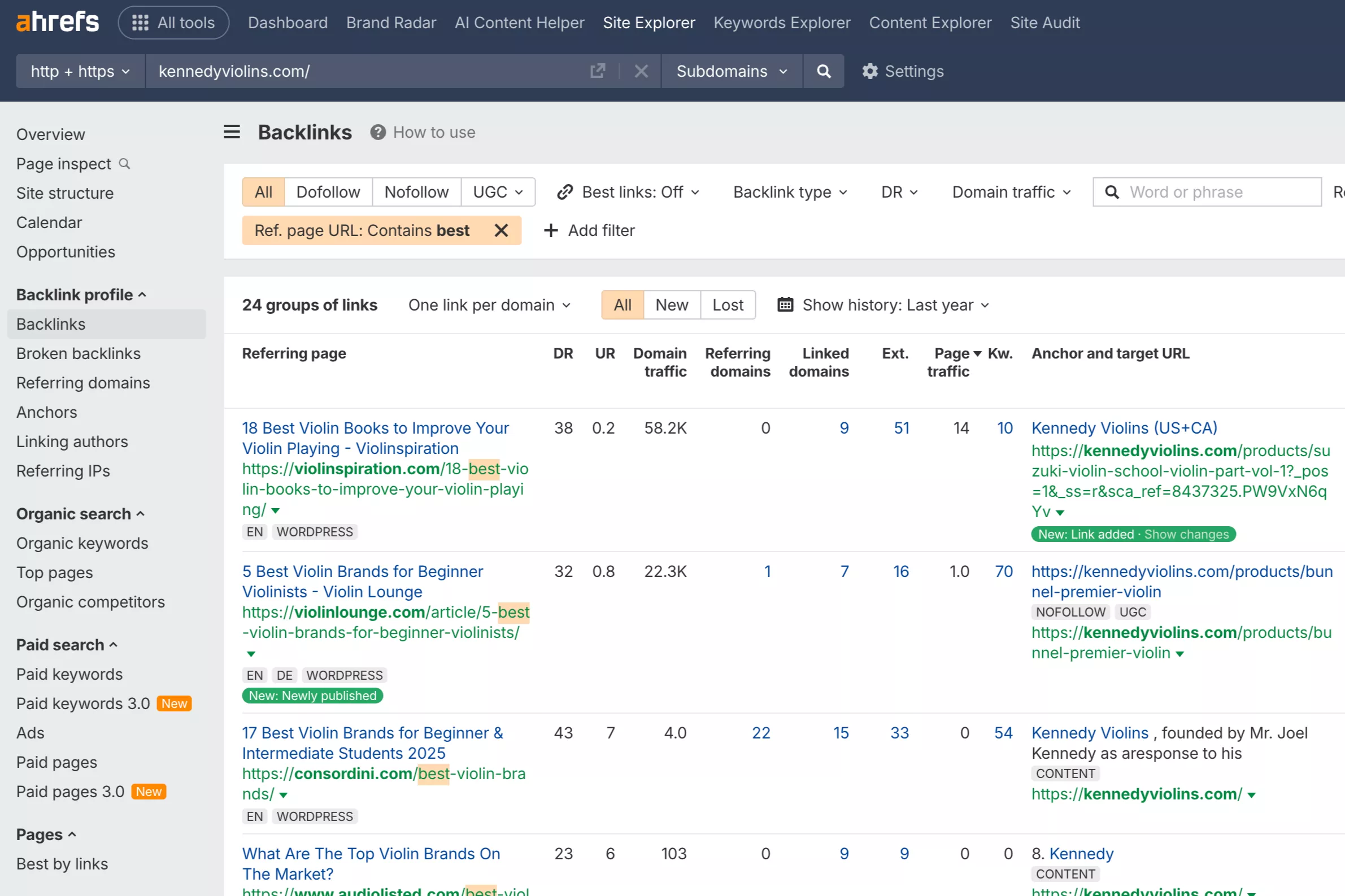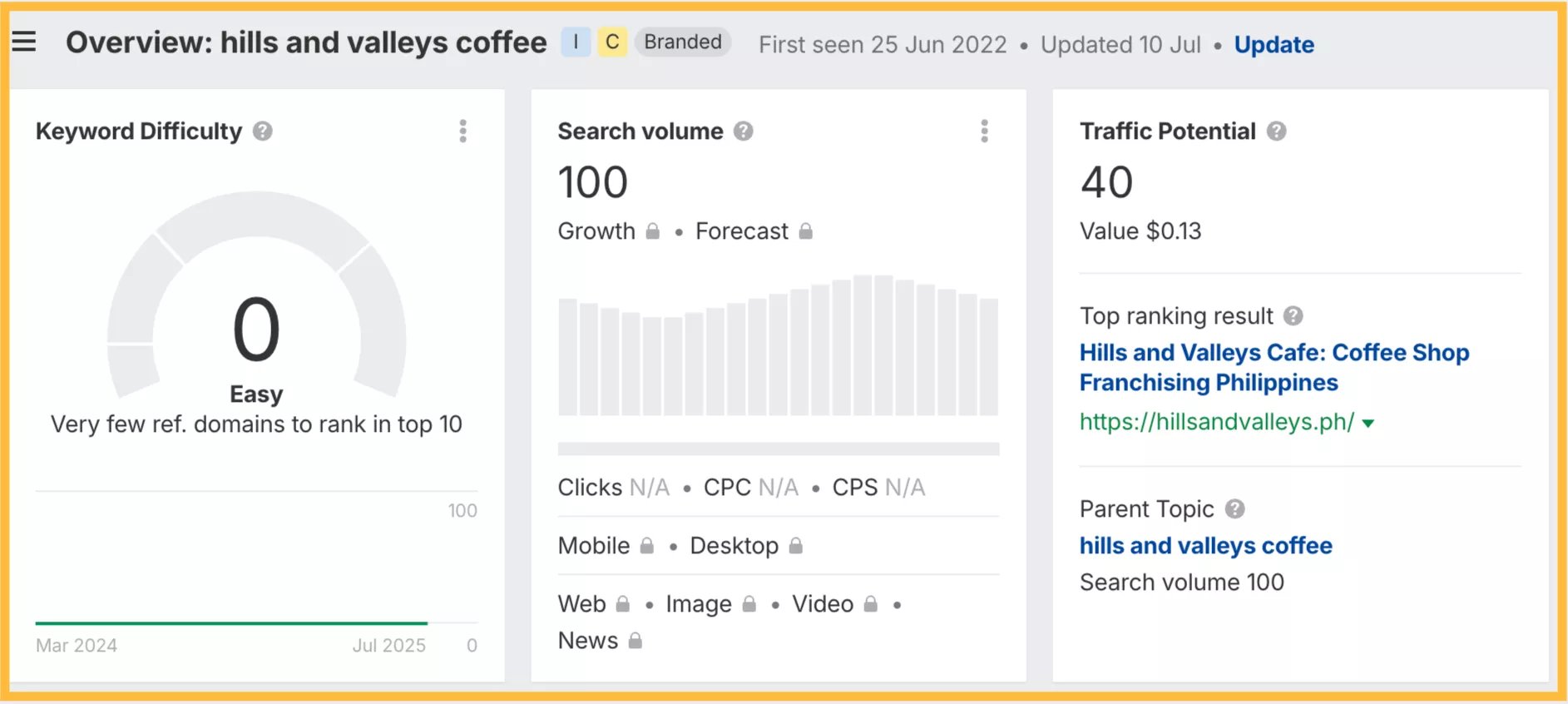Jason Acidre, CEO of Avaris and Founder of Kaiserthesage, recently presented in a webinar that reconfirmed how we attack our link building campaigns at SharpRocket today.
With Google aggressively displaying AI overviews for informational and navigational queries in more than half of Google searches, making strategic adjustments in link building is critical.
How we build links is closely tied to how we actually position products in the market – aka “product-led link building”, where the main objective isn’t solely to rank in traditional search results, but to demonstrate expertise, unique expertise, and build trust among users – well enough AI systems will catch up on it and make surfacing our brand in AI-driven answers.
One of the product-led link building strategies we heavily focus on for clients and our business sites is co-citation.
Table of Contents
ToggleWhat is Co-Citation in Link Building?
Co-citations are mentions or links of your product or brand alongside other industry leaders, tools, products, or resources on the same page.
Building co-citations has many upsides, one of which is strengthening your brand positioning and visibility in search engines and AI systems.
Brand Association
When your brand consistently appears alongside well-known tools, products, or leaders in your space, it helps train AI systems to classify your website and associate it with the rest of the authoritative sources, adding more topical relevance of your product to specific use cases.
Authority Signals
Being mentioned with trusted sources also reinforces your perceived authority. Even without a direct link, your brand earns implicit trust. Over time, repeated co-citations with leading entities act as credibility markers, showing that your name belongs in high-value conversations and specific topics you should belong to.
Brand Recall
Seeing your brand next to names users already recognize builds trust for any buyer in any industry. It positions your offers as part of a “trusted set” – users may not be familiar with you yet, but frequent side-by-side exposure with credible brands increases familiarity and recall, helping you increase your branded searches.
How to Build Co-Citations for Your Brand
Here are some tactics you can try:
1. Highlight Your Product’s POV and Unique Experience
Start by having a clearly defined point of value and a unique experience for your product or service. And this comes along with documenting and strategizing how your product or service approaches a problem differently from others in your space.
Identify what sets your offer apart. This could be a proprietary process, strategy, use-case-driven approach, or a unique integration of tools. This is where you can leverage sales calls/conversations, customer chats, and your team’s internal docs to get direct insights into your product’s POV.
Publishers need a reason to mention your brand as a distinct alternative or source of insight, so your content should make this point of value through:
- Frameworks – show structured methods your team uses (e.g., “patient-first care delivery model” in healthcare, or “agile onboarding for enterprise SaaS”).
- Use cases – publish walkthroughs of how your solution solves problems for specific audience segments (e.g., custom logistics workflows for retail distribution, or HR automation for fast-scaling startups).
- Internal insights – share how your workflows, reporting, or positioning tactics produce better results than standard practices (e.g., using predictive maintenance data to reduce equipment downtime in manufacturing, or using localized content testing to improve engagement in edtech).
- Differentiation language – avoid using generic messaging. Replace vague claims like “better results” with precise, repeatable phrasing (e.g., “Reduced average onboarding time from 12 days to 5 using our implementation model” in a B2B SaaS context, or “Improved delivery accuracy from 93% to 99.5% using our route optimization engine” in logistics).
Include this POV and unique experience in your brand messaging and brand-level narratives.
2. Publish Your Own Roundups
The easiest way for others to notice your brand and earn co-citations organically is to create your own roundup content. It is in your full control and signals that you operate in the same category as the companies or experts you mention.
Prioritize relevance in roundups. Choose entities your audience already trusts and reflect the space your product operates in.
The key is to include both well-known and emerging names. Well-known names add authority to your content and attract immediate trust. Emerging names may share your roundup and link back to it—especially if they have their own websites—leading to a two-way co-citation dynamic.

Narrow your roundup content by topic or use case. Instead of broad titles like “top accounting software,” focus on specific use cases, such as “top accounting SaaS for bootstrapped eCommerce stores”.
Publishing well-targeted roundups increases the likelihood that your brand will later be mentioned alongside those you featured, strengthening co-citation patterns in both organic and AI-powered search environments.
3. Show Up in Relevant Conversations
Another way to earn co-citations is when your brand becomes a part of active industry discussions.
You need to show up where natural conversations happen consistently – these include, but are not limited to:
- Public forums like Reddit, Quora, or Stack Overflow (depending on your industry)
- Social threads on LinkedIn, Twitter (X), or niche Facebook groups
- Private or semi-private communities such as Slack workspaces, Discord servers, or industry-specific groups hosted by platforms or associations
The organic conversations that happen here, where users ask for recommendations, compare tools, or seek process advice, will positively affect your brand recognition.
Your goal is to establish your brand as a recurring presence in trusted discussion platforms, increasing the likelihood of being grouped with other recognized names in future content.
4. Pitch to Be Included in Listicles and Roundups
Straight-up requests in outreach are one of the most efficient paths to earning co-citations. This outreach campaign targets articles that group related tools, brands, or services within a shared topic that could potentially welcome new entries.
Start looking for them by using targeted search queries – a few queries you can try below:
- Top [industry] tools
- Best [solution] for [audience]
- [Competitor] alternatives
These queries surface content that already structures multiple brands in one context, giving you an ideal target for co-citation inclusion. Focus on pages that rank well have been updated in the last 6 to 12 months (to increase the likelihood of inclusion), including an identifiable author (for outreach contact).
Once you identify a relevant list, your outreach must offer a precise editorial fit, not just a generic link request.
Structure your email outreach to include key elements:
- Value proposition – match your pitch to the list’s focus. If it’s “best budget tools”, emphasize affordability. If it’s for enterprise users, highlight scale and features.
- Differentiator – clarify what makes your brand different from others already mentioned. Avoid broad claims, but focus instead on a feature, positioning, or use case that fills a gap in the existing list.
- Social proof – add brief proof points like customer counts, results, recognizable clients, or relevant certifications.
- Add-ready info – treat it like a digital PR type of email outreach. Provide the name, short description, and link to your homepage or product page, making it easy for publishers to copy and paste into the article.
The goal is to align with the topic, add authentic value, and signal that your brand belongs in the same group as the others mentioned.
5. Reverse Engineer Competitor Co-Citations Using Ahrefs
Another more efficient way to find co-citation link opportunities is by doing link and brand mention analysis for competitors and other non-competing tools already mentioned in listicles or roundups.
Use Ahrefs to reverse engineer where they are referenced (either with or without links).

Filter results by high-authority pages, recent publication dates, and specific content types using keywords (e.g., product, tool).
Once you have these pages sorted out, reach out with an outreach angle that shows how your brand fits naturally within the existing context (be strategic about positioning your brand as part of an already-established topic).
Written By
Venchito Tampon
Founder of Link Building Services IO and CEO and Co-Founder at SharpRocket, a link building agency. With a decade of experience, Venchito has a proven track record of leading hundreds of successful SEO (link builidng) campaigns across competitive industries like finance, B2B, legal, and SaaS. His expert advice as a link building expert has been featured in renowned publications such as Semrush, Ahrefs, Huffington Post and Forbes. He is also an international SEO spoken and has delivered talks in SEO Zraz, Asia Pacific Affiliate Summit in Singapore, and Search Marketing Summit in Sydney, Australia.
Reviewed By

Sef Gojo Cruz
COO at SharpRocket, overseeing end-to-end operations, from crafting link building strategies to leading high-performing teams. Previously led SEO initiatives at Workhouse, a digital agency in Australia, and Keymedia, a real estate media company based in New Zealand.


